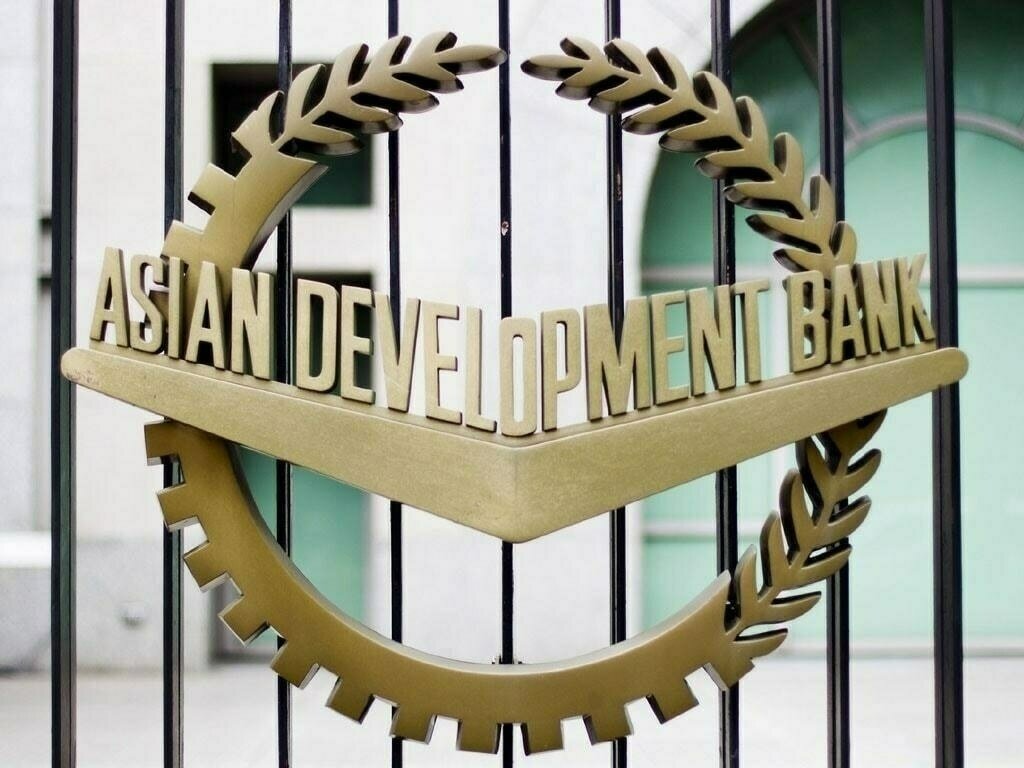According to the Asian Development Bank’s (ADB) latest report ‘Asian Development Outlook December,’ inflation in Pakistan has averaged 28.5% over the July–October period. However, the ADB anticipates a reduction in inflation due to fiscal consolidation, monetary tightening, and improved availability of food and key imported inputs. The overall recovery in Pakistan is still constrained by moderate confidence and high inflation eroding purchasing power, the report notes.
While the inflation forecast for South Asia remains unchanged at 8.6% for 2023, the ADB revised it up to 6.7% for 2024, primarily due to expected higher prices in Bangladesh and Nepal. In Bangladesh, efforts to reduce inflation face challenges, with the monthly rate close to double digits in July–October due to rising food inflation. Nepal’s inflation estimate for 2024 is revised up due to continued pressure on prices and assumptions of higher international oil prices.
In contrast, inflation estimates for Maldives in 2023 are slightly reduced, and India’s inflation forecasts for 2023 and 2024 align with recent data. Sri Lanka’s inflation rate, which fell to single digits in July, is stable, and despite electricity tariff increases and expected value-added tax hikes, a deceleration in other inflation drivers is anticipated.
For Developing Asia, which includes 46 member countries of the ADB, the forecast suggests easing inflation to 3.5% in 2023 and a slight rise to 3.6% in 2024. The report indicates stronger growth in South Asia, with a forecast of 5.7% for 2023, driven by India’s faster expansion at 6.7%. The overall Developing Asia growth forecast is revised to 4.9% for 2023, with China’s economy contributing significantly to this positive outlook. China’s growth projection is revised upward to 5.2% for 2023, maintaining a forecast of 4.5% for 2024. The ADB attributes the region’s economic activity to robust domestic demand, stronger remittances, and recovering tourism.



